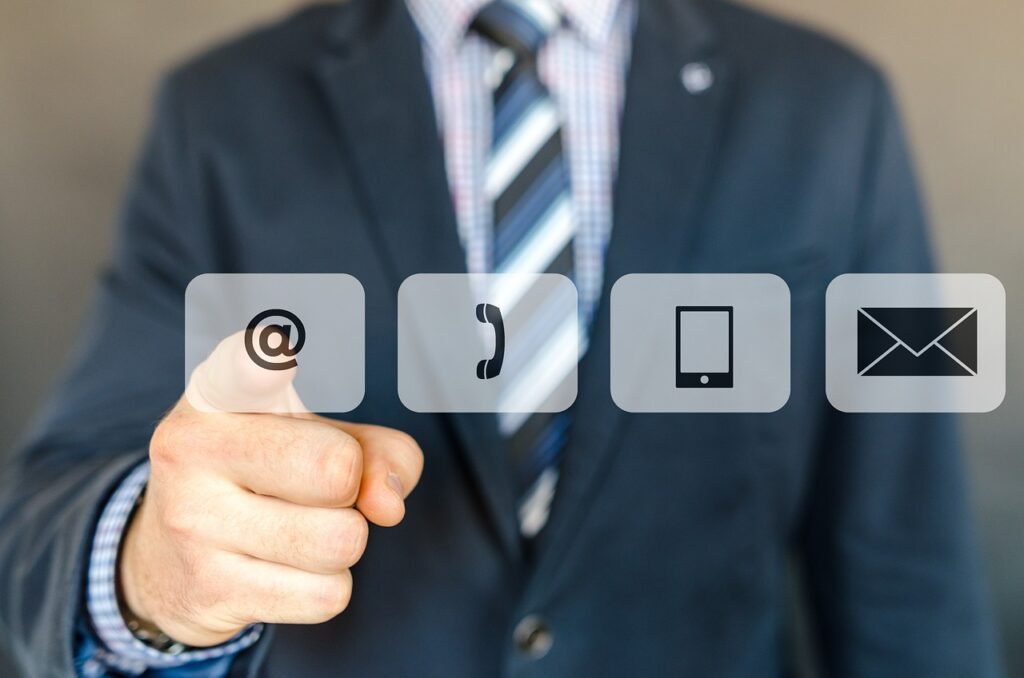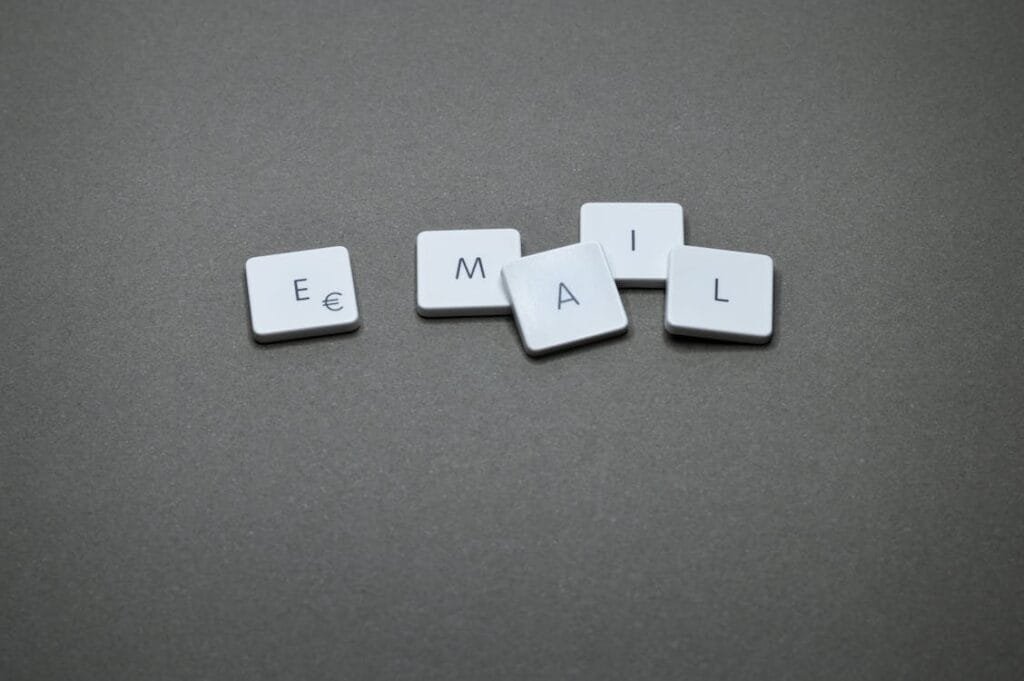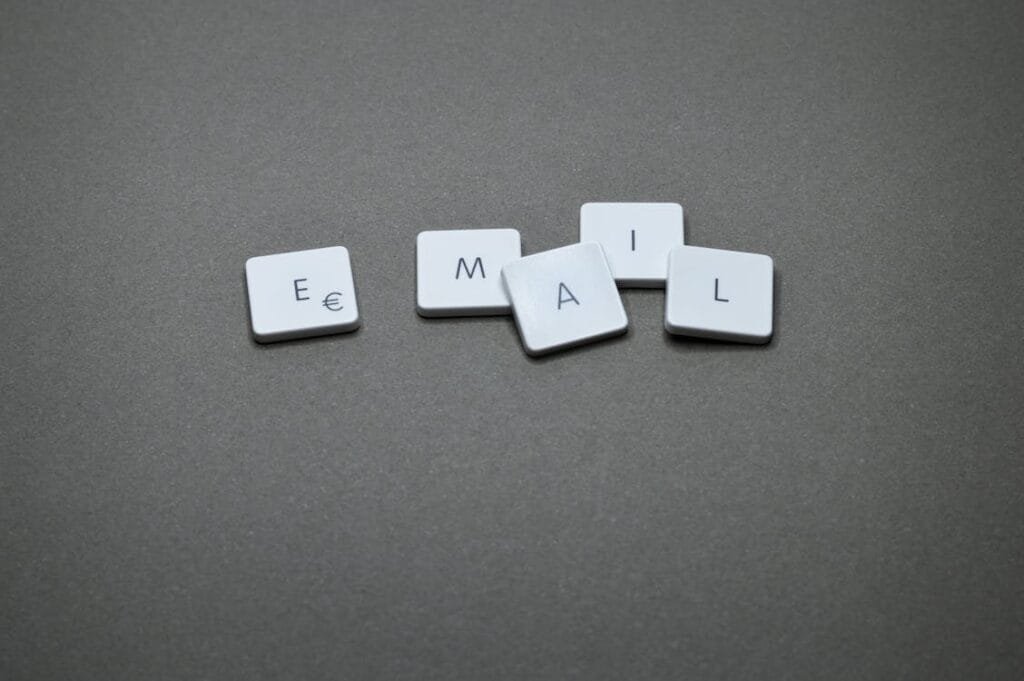The travel and tourism industry thrives on the dreams and desires of individuals looking for adventure, relaxation, and unforgettable experiences. In a world where the average person is bombarded with countless marketing messages across various channels, email marketing stands out as a beacon of direct and personalized communication. It’s an art that, when done right, can create a profound connection between travel enthusiasts and their next potential getaway. The beauty of email marketing lies in its ability to reach into the personal inboxes of potential travelers, providing them with tailored suggestions, insider tips, and tempting offers. For the travel and tourism sector, this isn’t just about blasting out generic promotions; it’s about crafting stories and building dreams. It’s an opportunity to engage travel enthusiasts on a deeper level, inviting them to embark on a journey even before they’ve packed their bags. In this extensive guide, we’ll delve into the nuances of email marketing specifically tailored for travel and tourism businesses. We’ll discuss how to capture the wandering eyes of travelers, keep them engaged, and ultimately, inspire them to take action. With a well-charted map in hand, let’s embark on this digital voyage and explore how to harness the power of email to allure the hearts of globe-trotters and leisure-seekers alike.
Crafting Compelling Email Content for Travel Enthusiasts
Understanding Your Audience
Before crafting the first sentence of your email campaign, it’s crucial to understand who you’re writing to. Travel enthusiasts come in many forms: the luxury seeker, the budget backpacker, the culture vulture, the adventure addict, and more. Their preferences can vary greatly depending on a multitude of factors such as age, income level, travel experience, and personal interests. Therefore, segmenting your email list to deliver content that resonates with each group is a must.
Segmenting Your Email List
Segmentation can be based on past booking history, expressed interests from survey data, or engagement with previous emails. This personalization increases the relevance of your content, enhancing the chances that your message will be welcomed and acted upon. For instance, sending family-friendly travel deals to solo adventure seekers would miss the mark, whereas targeted emails could result in high engagement rates.
Creating a Content Calendar
Consistency is key in email marketing. A content calendar is a strategic tool that helps you plan out when and what you’ll communicate to your audience. For the travel and tourism sector, aligning your content with peak booking times, seasons, holidays, and local events can drive timely engagements. Your calendar should include themes for regular newsletters, announcements for new offerings, and triggers for follow-up emails based on customer actions.
Writing Engaging Subject Lines
The subject line is the gatekeeper of your email marketing efforts. It’s the first impression you make, and it determines whether your email is opened or sent straight to the trash. A good subject line should be enticing, clear, and give a taste of what’s to come without revealing all the details. Use action verbs, curiosity, and personalization to increase open rates. For example, “Emma, Your Next Summer Adventure Awaits!” is more likely to be opened than “Monthly Newsletter.”
The Art of Storytelling
Within the body of your emails, storytelling can be a powerful tool. Create a narrative around a destination. Don’t just list the features of a hotel; tell your readers about the experience of waking up to an ocean view, the sound of waves, and the scent of fresh coffee from a balcony overlooking the sea. Use descriptive language to paint a picture and evoke emotions. This type of content can transport readers and create a longing for the experiences you’re offering.
Visual Appeal
They say a picture is worth a thousand words, and in email marketing for travel, this couldn’t be truer. Including high-quality images and videos of destinations, accommodations, and local attractions can significantly increase the engagement of your email campaigns. Visuals act as a teaser of the potential experiences and can often communicate the vibe of a place more effectively than text alone.
Calls-to-Action (CTAs)
A compelling call-to-action is the final nudge your readers need to take the next step. Whether it’s to “Book Now,” “Discover More,” or “Get Exclusive Access,” your CTA should be clear and concise, encouraging readers to move forward in their customer journey. Position your CTAs strategically within your email and make sure they stand out visually. With these key strategies for crafting compelling email content, travel and tourism operators can start to build effective campaigns that engage and inspire their audience. Each email is a step in the journey of customer engagement, paving the way towards that final booking confirmation.
Best Practices for Email Marketing Campaigns in Travel and Tourism
Personalization and Relevance
Travelers expect travel brands to understand their preferences and to provide them with offers that are relevant to their interests. This can only be achieved through personalization. Use the data you have about your subscribers to tailor your emails. Address them by name, reference their past travels, and recommend destinations that align with their interests. The use of dynamic content that changes based on the subscriber’s profile can make each email feel custom-made.
Mobile Optimization
With most emails being opened on mobile devices, your email campaigns must be mobile-friendly. This means using responsive design templates that adapt to the size of the screen they are viewed on. Text should be readable, images should load quickly, and CTAs must be easily clickable even on the smallest of screens.
Testing and Optimization
The effectiveness of email campaigns can vary greatly depending on a number of factors, such as the time of day they are sent, the subject line used, and the layout of the email content. A/B testing, or split testing, is a method to compare two versions of an email to see which one performs better. By continually testing and optimizing your emails, you can improve open rates, click-through rates, and ultimately, conversions.
Timing and Frequency
Determining the right timing and frequency for your emails is essential. You don’t want to bombard your subscribers with too many emails, nor do you want to be forgotten because you don’t reach out often enough. Monitor your engagement rates to find the sweet spot. Additionally, consider the timing of sending emails. For instance, sending a promotional offer for a tropical getaway during a cold snap in your subscribers’ area could yield better results.
Building Relationships Through Content
Your email content should not always be about selling. Provide value through travel tips, destination guides, cultural insights, and travel news. By offering content that is useful and interesting to the traveler, you foster a relationship and build trust. When the time comes for the subscriber to book their next trip, your brand will be at the top of their mind.
Compliance and Best Practices
Adhere to regulations such as the GDPR for European customers or the CAN-SPAM Act in the United States. These regulations set the rules for commercial email, establishing requirements for commercial messages and giving recipients the right to have you stop emailing them. Furthermore, maintaining a clean email list by removing inactive subscribers and managing bounce rates is not only good practice but also benefits your sender reputation.
Analyzing Campaign Performance
To measure the success of your email marketing efforts, track key performance indicators (KPIs) such as open rates, click-through rates, conversion rates, and unsubscribe rates. Use analytics to gain insights into what content resonates with your audience and what prompts them to book. Over time, this data will inform more strategic decisions, from content creation to segmentation tactics. By incorporating these best practices into your email marketing strategy, you can create more effective and engaging campaigns that resonate with the travel aspirations of your audience. Remember that email marketing is not a one-off interaction but a series of touchpoints that can lead to a loyal customer relationship.

Related: Check out our free SEO suite

Leveraging Email Marketing Tools and Technology
Choosing the Right Email Marketing Platform
Selecting an email marketing platform is akin to choosing the right vehicle for a road trip—it must have all the necessary features to get you to your destination efficiently. Consider platforms like Mailchimp, Constant Contact, or SendinBlue, which offer a range of tools specifically designed for creating, sending, and analyzing email campaigns. Look for features like automation, easy-to-use design templates, detailed analytics, and integrations with other tools like CRM systems.
Automating for Efficiency
Automation is a game-changer in email marketing. It allows you to set up email sequences that trigger based on specific actions taken by your subscribers. For example, a welcome email sequence can be triggered when a new subscriber signs up, or a re-engagement campaign can be set up for subscribers who haven’t opened emails in a while. Automation saves time, personalizes the experience for subscribers, and can lead to higher conversion rates.
List Management and Maintenance
A healthy email list is a responsive and engaged email list. Regularly clean your list by removing subscribers who never engage. This improves deliverability and ensures that your metrics give you an accurate picture of performance. Use double opt-in methods to ensure that your subscribers genuinely want to receive your emails, which helps in maintaining a high-quality list.
Integrating Email with Other Marketing Efforts
Email should not exist in a silo. It should be part of an integrated marketing strategy. This means ensuring that the messaging in your emails is consistent with your social media, blog content, and other marketing channels. Use UTM parameters to track the performance of your email campaigns as part of your overall digital marketing efforts.
Using Data and Analytics
To truly understand the impact of your email marketing efforts, you need to dive into the analytics. Look beyond opens and clicks, and analyze what happens after the click. Are subscribers spending time on your site, and are they converting into leads or sales? Most email marketing platforms offer detailed analytics that can track these behaviors. Use this data to refine your targeting, messaging, and overall strategy.
Advanced Techniques: Segmentation and Personalization
We’ve touched on segmentation, but let’s delve deeper. Advanced segmentation involves more than just demographics or past purchases. It can include behavioral data, like how often they engage with your emails or which links they click. This level of segmentation allows for hyper-personalized emails. Personalization can also extend to the time of day an email is sent, ensuring it arrives when a subscriber is most likely to engage.
A/B Testing for Continuous Improvement
A/B testing should be an ongoing part of your strategy. Test everything from the subject lines to the design layout, the images used, the positioning of CTAs, and even the day of the week you send your emails. Analyze the results to understand what works best with your audience and continuously refine your approach based on this feedback. Email marketing tools and technology can offer incredible insights and efficiencies, but they are just tools at the end of the day. The real success of your email marketing efforts will always come back to the quality of your content and your ability to engage and connect with your audience.
Conclusion
Navigating the world of email marketing in the travel and tourism industry is much like steering a ship through ever-changing seas. It demands agility, attention to detail, and an unwavering focus on the customer experience. By understanding and implementing the strategies discussed—from personalizing content and optimizing for mobile to leveraging automation and integrating with broader marketing initiatives—businesses can engage travel enthusiasts in a meaningful way.
The true north for any email marketing campaign in this vibrant sector is the creation of genuine connections. It’s about sharing stories that spark the imagination, offering deals that excite the budget-savvy explorer, and providing information that enriches the traveler’s journey. With each well-crafted email, travel and tourism businesses have the opportunity to transport potential customers from their daily routines to the sandy shores, bustling cities, and serene landscapes that await them.
READ NEXT:
- Influencer Marketing for the Health and Wellness Sector: Collaborating with Fitness Influencers
- Beauty Branding: The Secrets Behind Successful Cosmetic Brands
- Influencer Marketing for the Education Sector: Collaborating with Educational Influencers
- Influencer Marketing in the Age of Ad Blockers: Overcoming Challenges and Staying Relevant
- How to do Image SEO: The Definitive Guide






















Comments are closed.